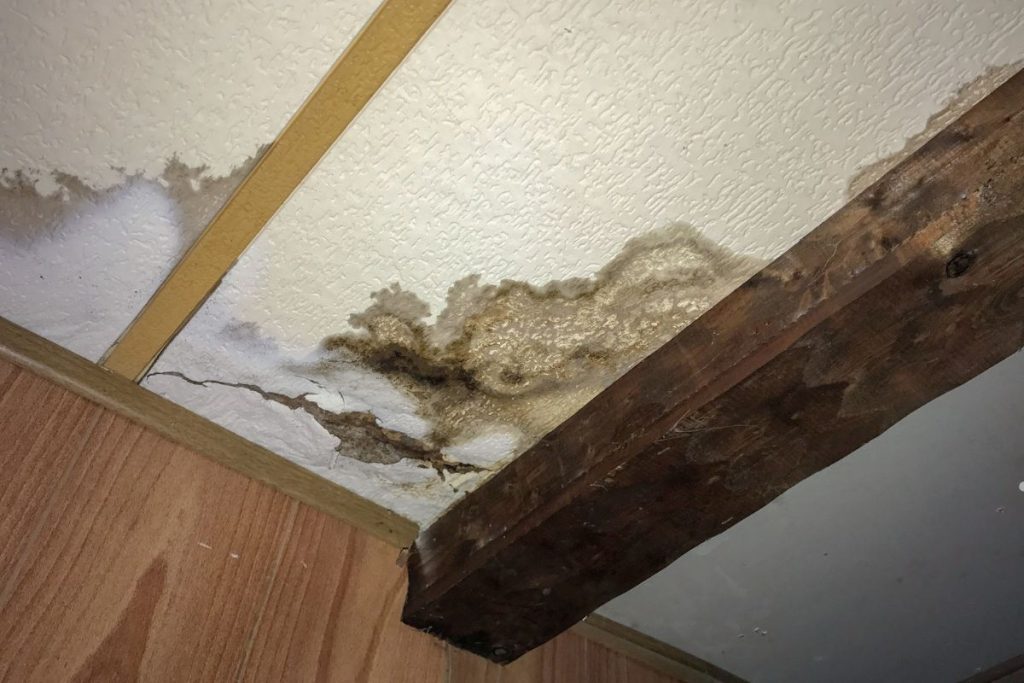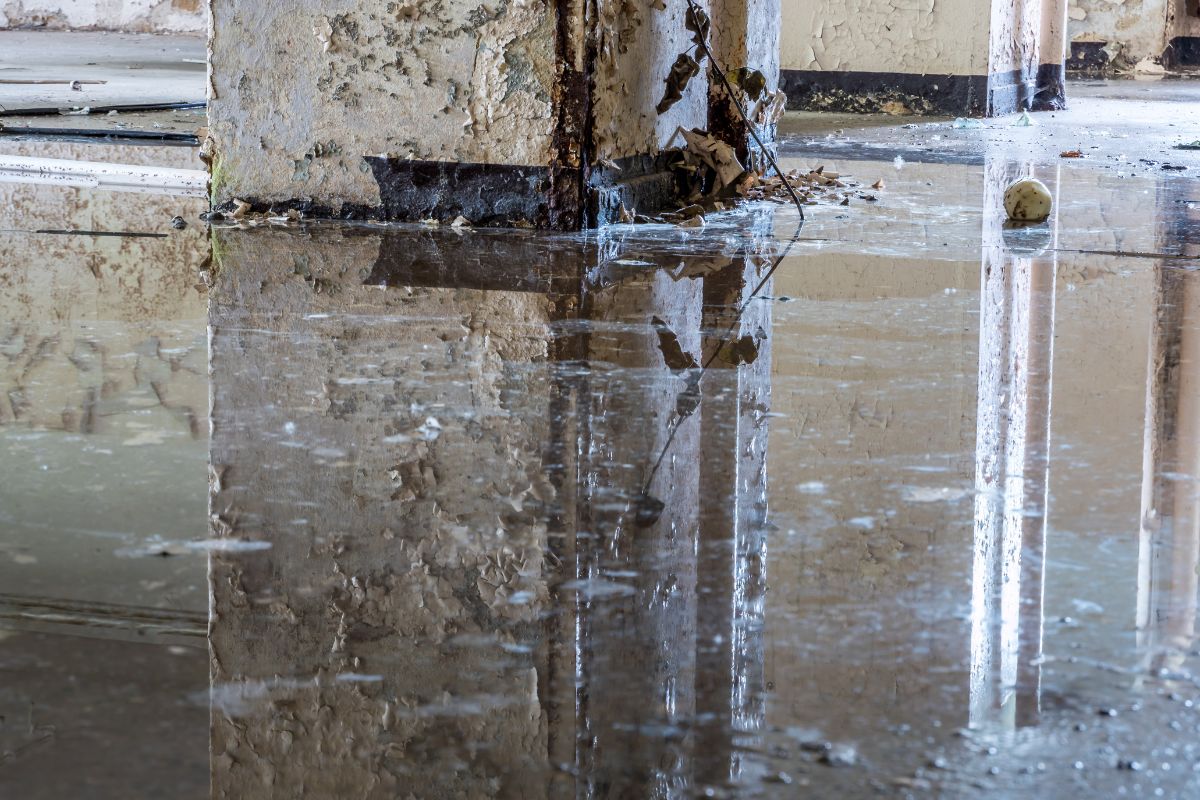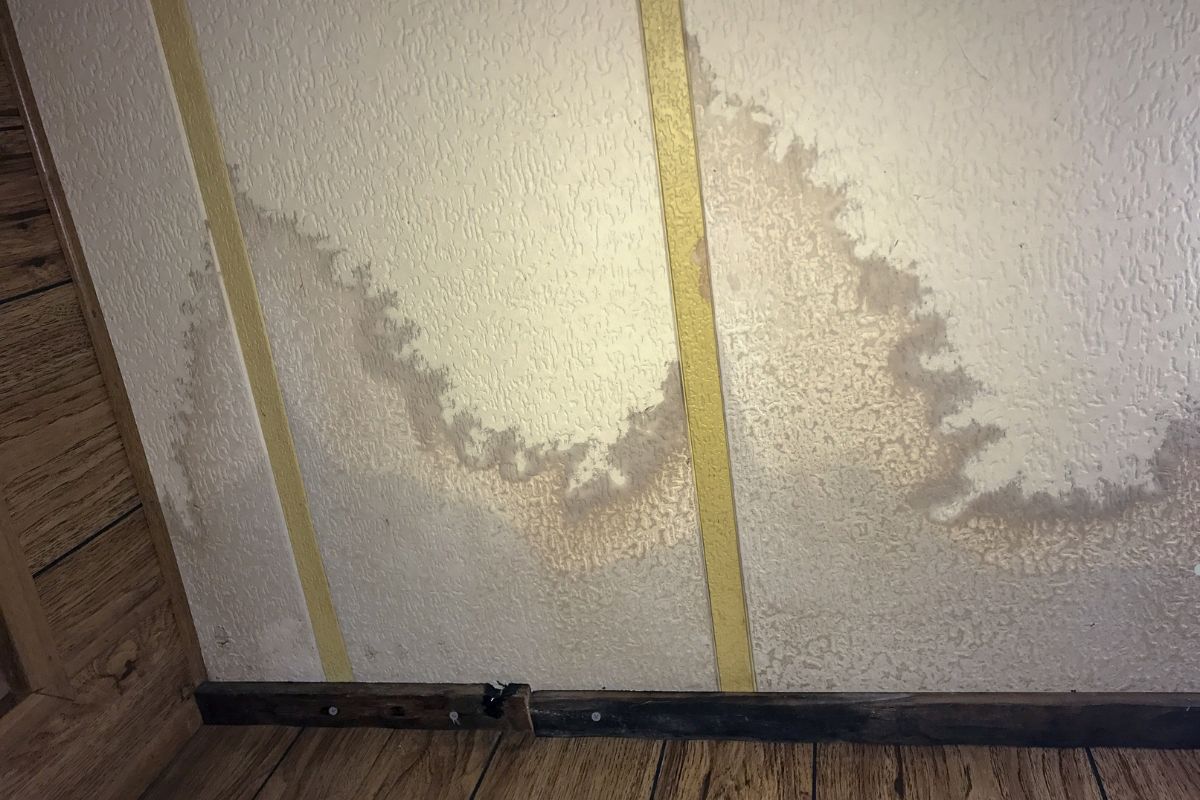
Are you worried about hidden water damage lurking in your home or business? Moisture mapping and monitoring are powerful tools for detecting and preventing costly problems like mold growth, structural damage, and health issues. This comprehensive guide will walk you through everything you need to know about these essential services and how they can protect your investment.
The Silent Threat: Understanding Moisture Intrusion
Water damage doesn’t always announce itself with a burst pipe. Often, it starts as a slow, insidious creep – a small leak behind a wall, condensation in a dark corner, or rising damp in a basement. This hidden moisture intrusion can lead to a cascade of problems, from structural damage to unhealthy mold growth. Early detection is key to preventing these costly and potentially dangerous issues.

What is Moisture Mapping & Monitoring?
Moisture mapping and monitoring are proactive methods used to identify and track moisture problems in buildings. Think of it as a health check for your property, using technology to “see” what’s happening beneath the surface.
- How Moisture Mapping Works: Moisture mapping involves a thorough inspection of your property using specialized tools like infrared cameras and moisture meters. These tools detect temperature differences and moisture levels within walls, floors, and ceilings, revealing hidden leaks and areas of concern. It’s a non-destructive way to pinpoint the source and extent of moisture problems.
- The Benefits of Continuous Monitoring: Continuous moisture monitoring takes it a step further. It involves installing sensors in vulnerable areas to provide real-time data on moisture levels. This allows you to catch problems early, before they escalate into major damage. Imagine getting an alert on your phone the moment a leak starts – that’s the power of continuous monitoring. Call us today to learn more about how continuous monitoring can protect your property!
Why You Need Moisture Mapping & Monitoring

The benefits of moisture mapping and monitoring extend far beyond just preventing water damage.
- Protecting Your Investment: The Importance of Proactive Measures: Your property is likely one of your biggest investments. Ignoring moisture problems can lead to costly repairs, decreased property value, and even structural failure. Proactive moisture mapping and monitoring can save you thousands of dollars in the long run.
- The Hidden Dangers: Mold Growth and Health Risks: Mold thrives in moist environments, and it can cause a range of health problems, from allergies and asthma to more serious respiratory issues. Moisture mapping helps prevent mold growth by identifying and addressing moisture sources early.
- Identifying Vulnerable Areas in Your Property: Certain areas of your property are more prone to moisture problems. Basements, bathrooms, kitchens, and roofs are all high-risk zones. Moisture mapping can help identify these vulnerable areas and implement preventative measures. For expert assistance, visit our Basement Mold Removal Services.
The Moisture Mapping & Monitoring Process: A Step-by-Step Guide
Understanding the process can help you feel more confident when hiring a professional.
- Initial Assessment and Inspection: The process typically starts with a thorough visual inspection of your property, looking for signs of water damage, such as stains, discoloration, and musty odors.
- Using Advanced Technology for Accurate Mapping: Next, the inspector will use specialized equipment like infrared cameras and moisture meters to detect hidden moisture. Infrared cameras can identify temperature differences that indicate water leaks, while moisture meters measure the actual moisture content of building materials.
- Data Analysis and Reporting: The data collected is then analyzed and compiled into a comprehensive report. This report will outline the findings, identify the source and extent of any moisture problems, and provide recommendations for remediation.
- Long-Term Monitoring Solutions: For continuous protection, long-term monitoring solutions can be installed. These systems use wireless sensors to track moisture levels and send alerts when problems are detected.
Types of Properties That Benefit From Moisture Mapping & Monitoring
Moisture mapping and monitoring are beneficial for a wide range of properties.
- Residential Properties: Homes, Apartments, and Condos: Homeowners can use moisture mapping to prevent costly repairs and protect their family’s health. Renters can request a moisture assessment to ensure a healthy living environment.
- Commercial Properties: Offices, Retail Spaces, and Industrial Buildings: Businesses can use moisture mapping to protect their assets, prevent disruptions, and maintain a healthy work environment.
- Historical Buildings and Museums: Protecting irreplaceable historical buildings and artifacts requires careful moisture control. Moisture mapping can help preserve these valuable treasures for future generations.
Choosing the Right Moisture Mapping & Monitoring Service
Selecting the right professional is crucial for accurate results and effective solutions.
- Credentials and Experience: What to Look For: Look for a company with certified moisture mappers and experienced water damage specialists. Check for certifications like IICRC (Institute of Inspection, Cleaning and Restoration Certification).
- Understanding Pricing Service Options: Get a clear understanding of the pricing structure and the different service options available. Ask for a detailed quote before committing to any services.
- Asking the Right Questions: Key Considerations: Ask potential service providers about their experience, equipment, and reporting process. Be sure to ask about their approach to remediation and prevention.
- Credentials and Experience: What to Look For: Look for a company with certified moisture mappers and experienced water damage specialists. Check for certifications like IICRC (Institute of Inspection, Cleaning and Restoration Certification).
- Understanding Pricing and Service Options: Get a clear understanding of the pricing structure and the different service options available. Ask for a detailed quote before committing to any services.
- Asking the Right Questions: Key Considerations: Ask potential service providers about their experience, equipment, and reporting process. Be sure to ask about their approach to remediation and prevention. Call us today to discuss how we can help with your needs!
Preventative Measures to Minimize Moisture Issues
While moisture mapping and monitoring are essential, you can also take steps to minimize moisture issues on your own.
- Proper Ventilation and Humidity Control: Ensure proper ventilation in bathrooms, kitchens, and basements. Use exhaust fans to remove moisture and consider using a dehumidifier in damp areas. For more detailed guidance on bathroom-specific solutions, check out our Bathroom Mold Remover Services.
- Regular Inspections and Maintenance: Conduct regular inspections of your property to look for signs of water damage. Check for leaks under sinks, around toilets, and in the roof.
- Addressing Leaks Promptly: Fix any leaks immediately, no matter how small they may seem. Even a small drip can lead to significant water damage over time.
Conclusion
Protecting your property from water damage is an ongoing process. Moisture mapping and monitoring are essential tools for early detection and prevention, saving you money, protecting your health, and preserving the value of your investment.
Don’t wait until it’s too late. Invest in moisture mapping and monitoring today to protect your property for years to come. Contact us to learn more about how we can help safeguard your investment
